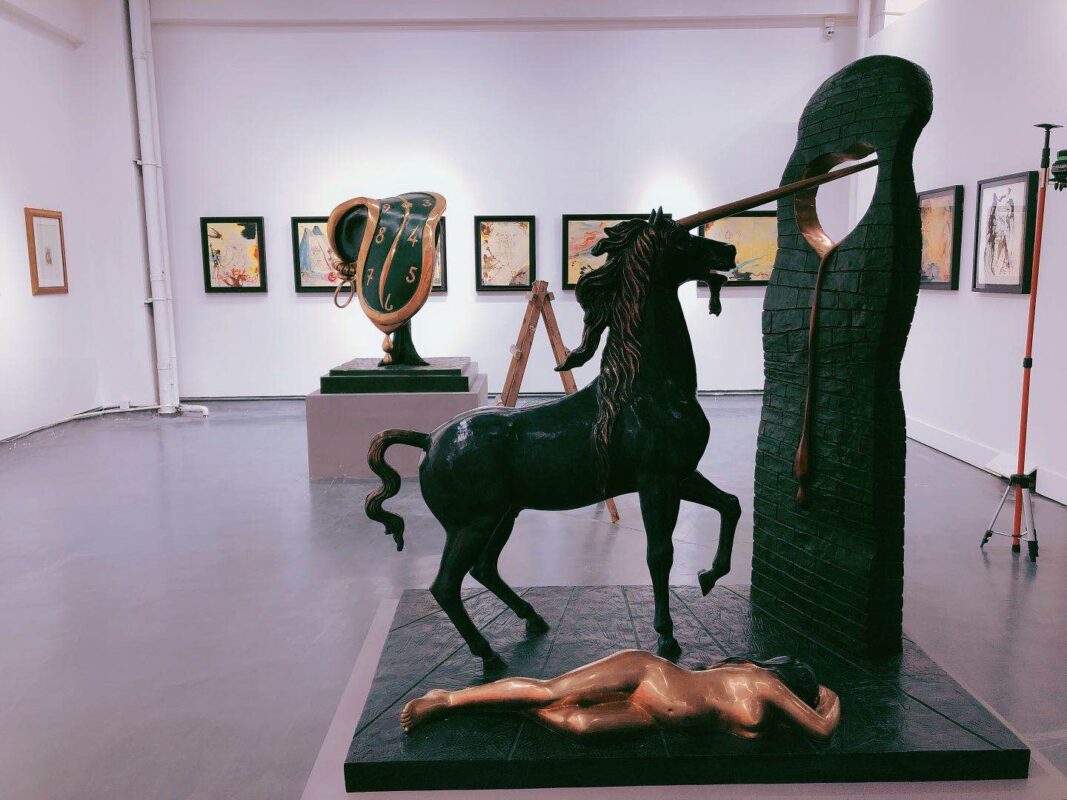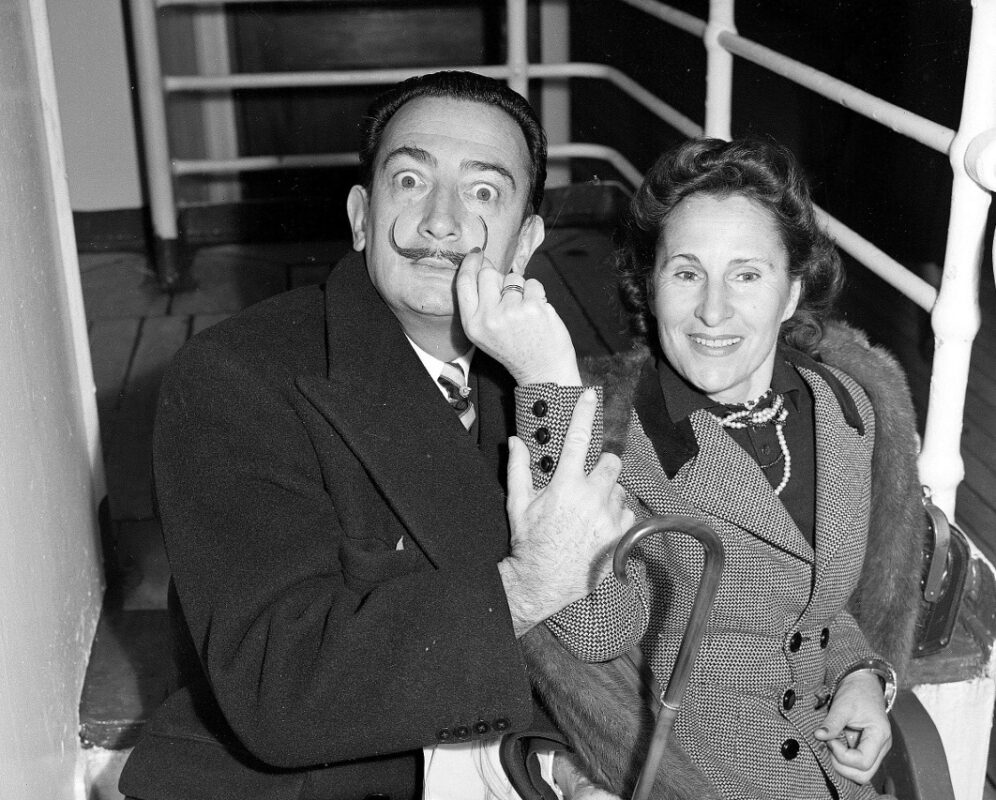“She was destined to be my Gradiva, the one who moves forward, my victory, my wife”.
Salvador Dalí
On June 10, 1982, Gala, the muse and great love of Salvador Dalí, passed away. She was a muse to the Surrealist group and inspired poets, philosophers, and artists with her mysterious and intuitive attitude.
Gala died in the couple’s house in Portlligat, Cadaqués, and was buried in her castle in Púbol, Spain. She was everything to Salvador Dalí: muse, model, friend, companion, lover, and wife. So much so that from 1950 onwards, the artist included her name in his signature. “By signing my works as Gala-Dalí, I am merely naming an existential truth, because I would not exist without my twin Gala”, said Salvador Dalí.
Gala became the protagonist of many of Dalí’s works from their first meeting in 1929 in Cadaqués. She was 10 years older than Salvador. Elena Ivanovna Diakonova was born in 1894 in Kazan, Russia. At 19, she moved to Switzerland to treat tuberculosis. At the Clavadel sanatorium, she met her first husband, the French poet Paul Éluard. They married in Paris in 1917, and their daughter, Cécile, was born in the spring of 1918 and raised by her grandmother.
Gala and Dalí’s marriage was anything but conventional, reflecting their unconventional natures. Dalí was immediately captivated by Gala’s free, vital, and hedonistic spirit, which fueled all the talent and extravagance within him. Dalí painted his muse repeatedly, dressed, undressed, from behind, in countless ways. Works like “Assumpta Corpuscularia Lapislazzulina”, “Leda Atomica” and “The Madonna of Port Lligat” depict her. In the bronze sculpture “Unicorn” Dalí eulogizes his relationship with his beloved wife Gala, the heart-shaped opening in the wall representing their love.

They married civilly in 1934 in the sanctuary of Els Àngels in Girona and again in a Catholic ceremony on August 8, 1958, after obtaining a special permit from Pope Pius XII. In 1968, Dalí bought the Castle of Púbol for her (to enter, he had to request prior written permission from his wife).
Gala rests in the castle, having passed away in 1982. Her death plunged Dalí into a deep depression; he secluded himself in the castle until a fire in 1984 caused severe injuries, forcing him to move to the Torre Galatea in the Museum of Figueres. He was admitted with severe symptoms of malnutrition because, without Gala, Dalí neglected himself, refusing to eat or drink.
For Dalí, Gala was “my intimate truth, my double, my one”. He once said: “I name my wife: Gala, Galushka, Gradiva; Oliva, for the oval shape of her face and the color of her skin; Oliveta, diminutive for Olive; and its delirious derivatives Oliueta, Oriueta, Buribeta, Buriueteta, Suliueta, Solibubuleta, Oliburibuleta, Ciueta, Liueta. I also call her Lionette, because when she gets angry she roars like the Metro-Goldwyn-Mayer lion.”
Gala was everything for Salvador Dalí: Gradiva, victory, wife, and muse. Without her, Dalí probably would not have been the same as we know him today.
Photos:
Salvador Dalí and Gala, © Bettmann
“Unicorn”, Salvador Dalí, conceived in 1977, first cast in 1984.

